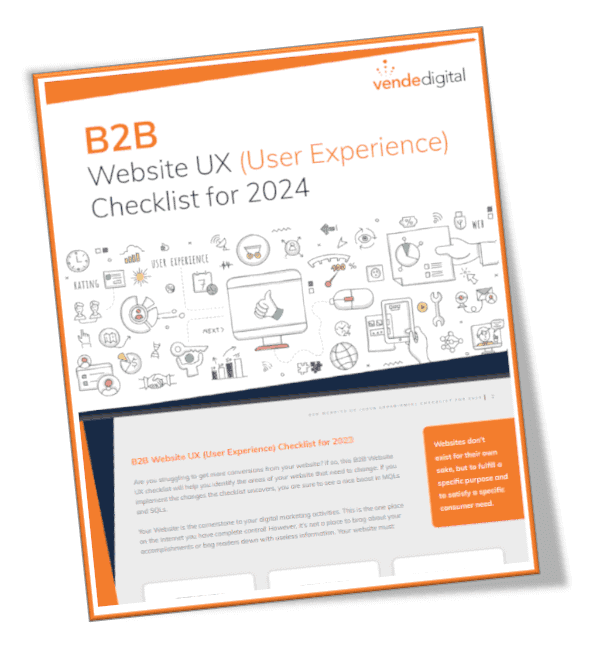The latest and greatest might not actually be the greatest. At least not when it comes to website design. While it’s natural to want to implement shiny new features on our websites when they come along, not all of those features actual improve the user experience. But it isn’t just new website elements that can cause website problems for users, sometimes it’s old standby features that trip us up. Don’t assume that just because something has always been done a certain way that it’s the best way to do it. Take a look at your website to see if those design elements are helping or hurting your conversion rates. Here are the website design elements to keep and the ones to trash when it comes to website conversion.
Website Design Elements to Keep
Site Search
The main goal of your website is to provide users with the content, information or products they’re interested in. Site search helps users who already know what they are looking for finding it quicker, without having to go through a process of category narrowing to get there.
Nearly 63 percent of digital shoppers use site search while shopping online. On the Nixon website, the brand features a user-friendly search bar that auto-generates responses based on the user’s input. Site search also acts as a safety net or last resort for users who have tried to find something by browsing but haven’t been successful.
Image Zoom
A key feature of the e-commerce experience, roughly 70 percent of digital shoppers use image zoom when shopping online. This is one of those features that Internet users have come to expect and should definitely be kept if you are running an e-commerce website. Buyers want to be able to see details up close, and since they can’t do that in person they rely on image zoom to inspect the detailing on the glasses frames or the stitching on a pair of tennis shoes.
Prominent Contact Info
It’s simple, your customers need to know how to get in touch with you. Displaying contact information prominently promotes credibility and trust. And the opposite of that is also true. Missing or difficult-to-find contact information could result in a loss of trust. And if there is a problem or issue and they can’t reach you, you’ve almost certainly lost that potential sale or lead. If the user can find your contact info and reach you, it increases the odds that they can have their issue resolved.
Website Design Elements to Trash
Generic or Confusing CTAs
How can your users take action if they’re not sure what they’re supposed to be doing or getting? An ambiguous call to action or one that doesn’t fit with the action users expect to take next, kills conversions. The only thing worse would be a hidden or absent CTA.
It’s your job to guide users to the next step. Strong messaging and clear CTAs are a critical component in the customer journey. Uncertainty causes apprehension, and you don’t want your user to be apprehensive about clicking on your CTA because they won’t. A user shouldn’t have any doubt about what will happen next once they click on one of your calls to action.
Write CTAs that are specific to the action being taken, and that makes sense in context. If you need to, you can use supporting messaging to give further clarification. If you think a user won’t know what ‘work with us’ on your call to action means, make sure to explain it to them.
Vanity Features
If a feature doesn’t serve a clear and meaningful purpose, then it’s essentially just a distraction. When users come to your website there is a main action you want them to take. Extra features, that none of your users actually need, doesn’t help get them to take that desired action. Which makes vanity features a design element to trash.
Yes, sometimes they look cool, or they incorporate some new technology. But the bottom line is that they aren’t beneficial for your website if there is no real need for them. And creating all those vanity features can be costly, which diverts money away from more meaningful website improvements as well as maintenance. Invest that money into site speed, mobile usability, and site navigation. Features that your users will notice and appreciate.
Stock Photography
Users want brands that are authentic. Stock photography is usually stiff, formal, generic, or all of the above. It is the epitome of inauthentic and can be a turnoff to users. It’s important to invest in photography that is created specifically for your brand. Your photography should depict either real people or models in situations that are aligned with brand aesthetics and personality.
Content Blocks
You want to present your customer with all the information they could ever want or need. But when content is presented in big chunks and long paragraphs it can easily overwhelm users. Attention spans on the web are short, with users scanning content rather than reading it in depth. To help, make sure your content is divided into digestible chunks.
It’s important to find that right balance and offer the right content at the right moment in a customer’s journey. To guide readers through your content use bullet points, paragraph breaks, and numbered sections
Website design is an ongoing process, and it’s true that your website is never really ‘finished.’ That means there are always improvements that you can be making. When it comes to new trends, always keep the needs of your brand’s specific users in mind. Consider which website design elements will help users accomplish their tasks so you can decide which design elements to keep and which ones to trash for better conversion.
Sign up for a free website analysis

